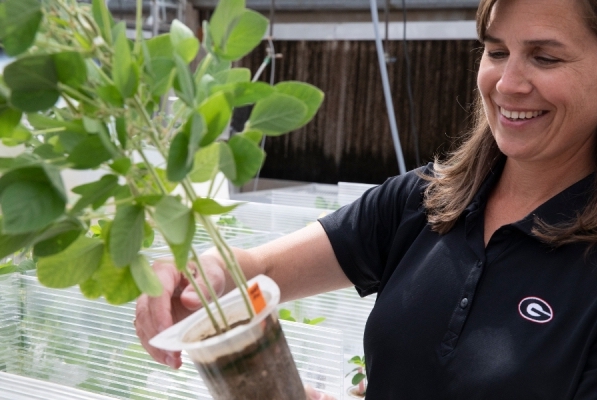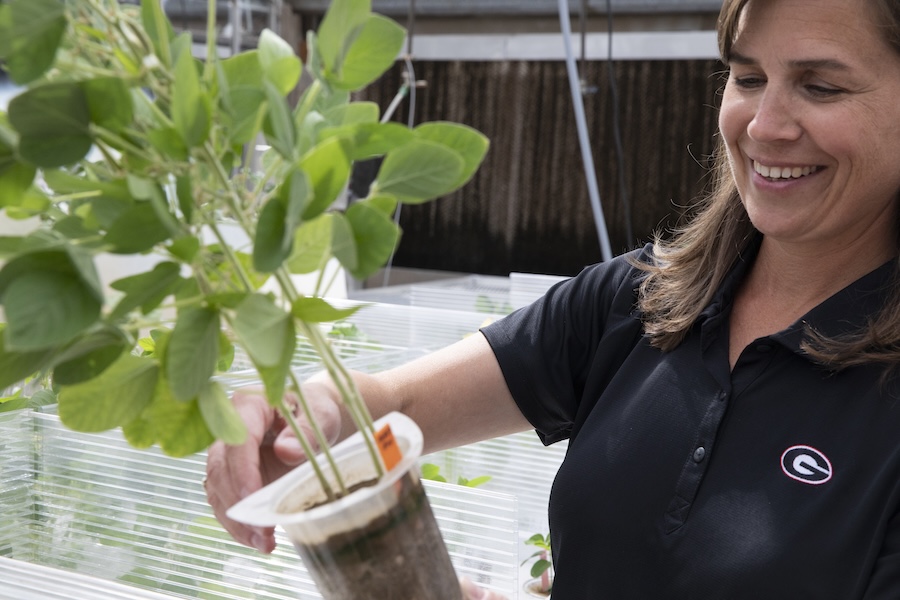 CAES News
CAES News
AAAS Fellows
Five University of Georgia faculty have been named Fellows of the American Association for the Advancement of Science, bringing the university’s total membership in the exclusive group to 50. UGA’s new Fellows, including Melissa Mitchum of the College of Agricultural and Environmental Sciences, are elected each year by the AAAS Council to recognize scientific achievements.

.png)
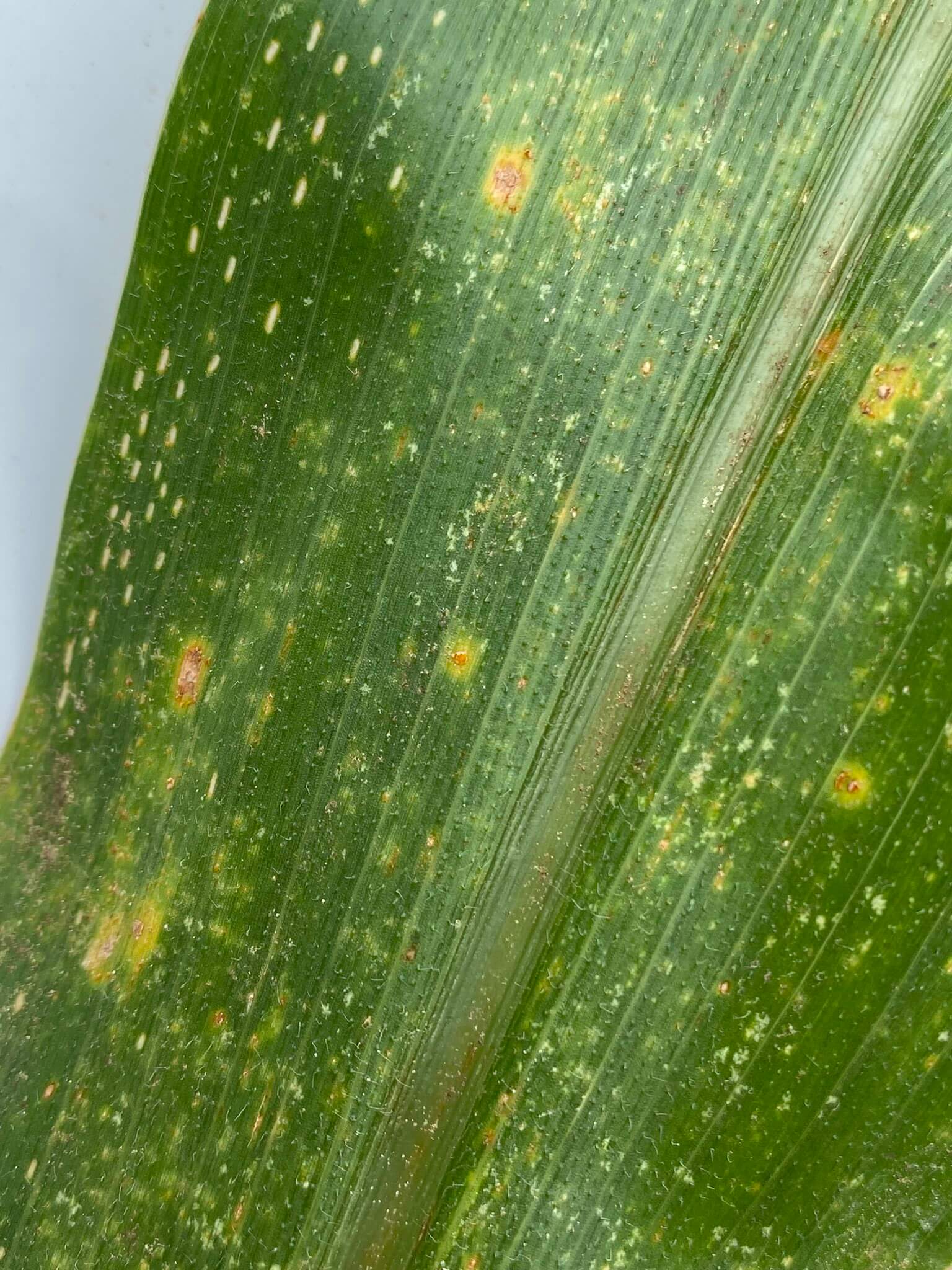
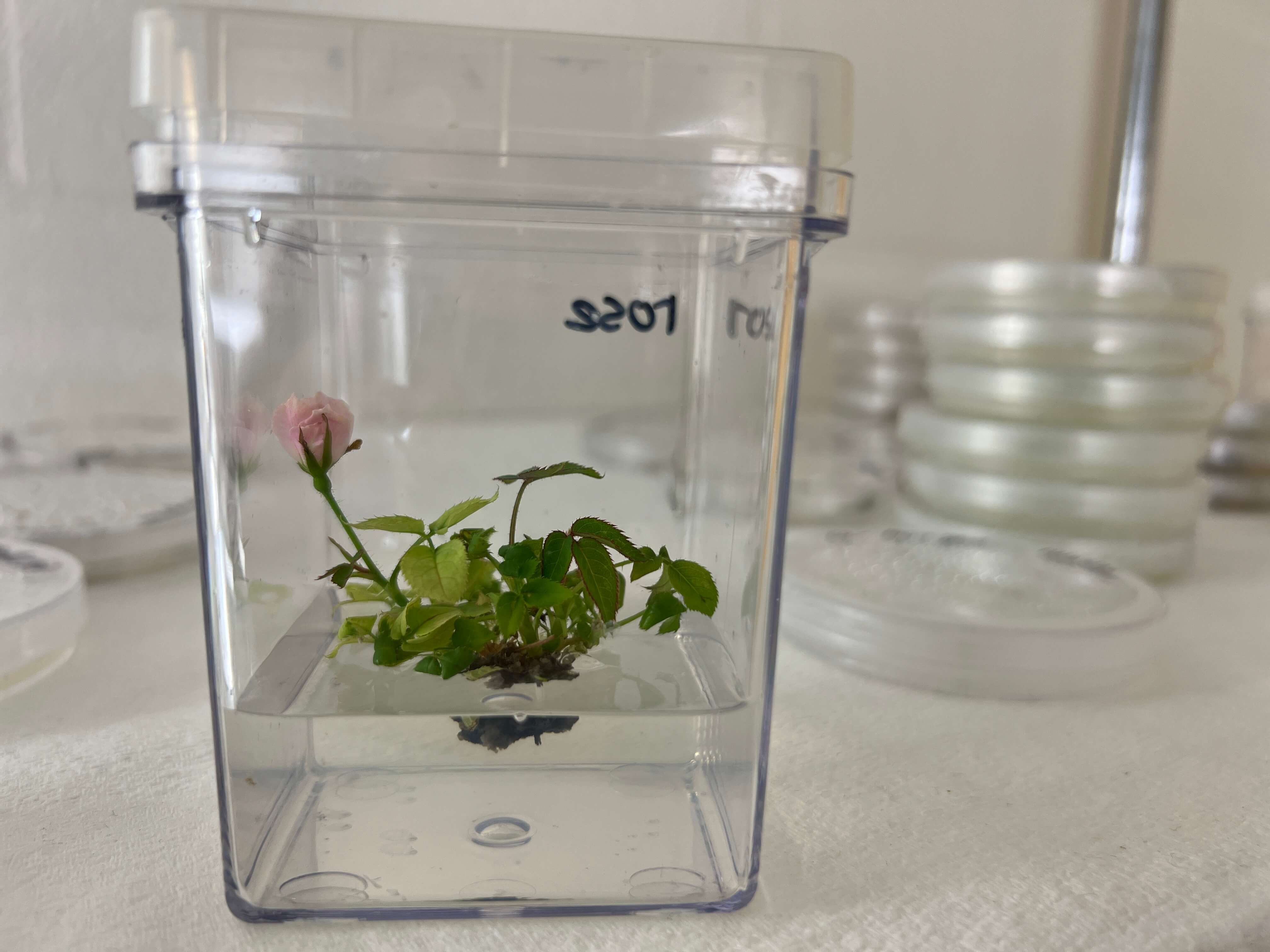
.jpg)
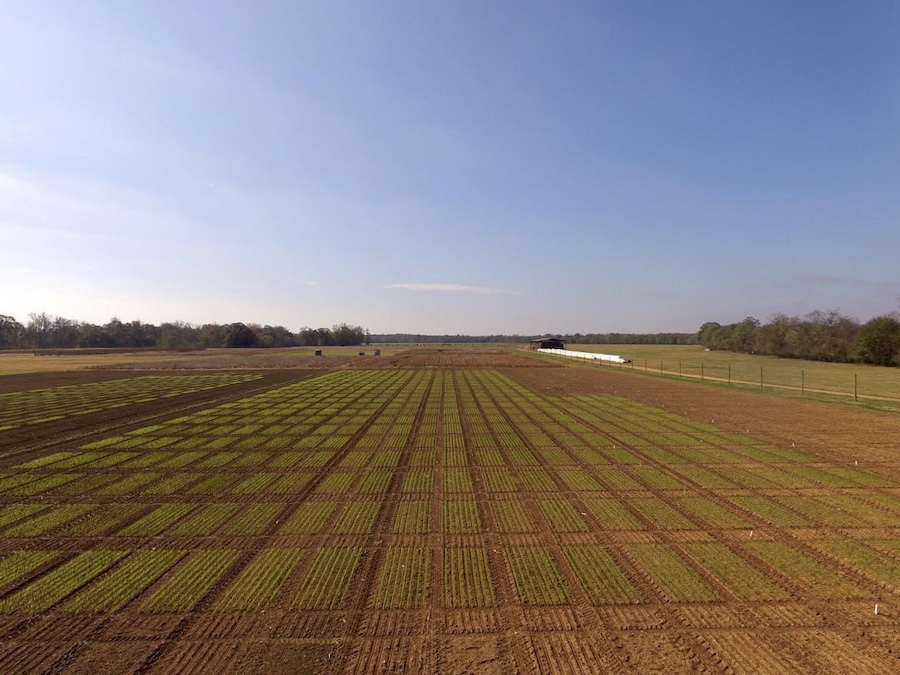
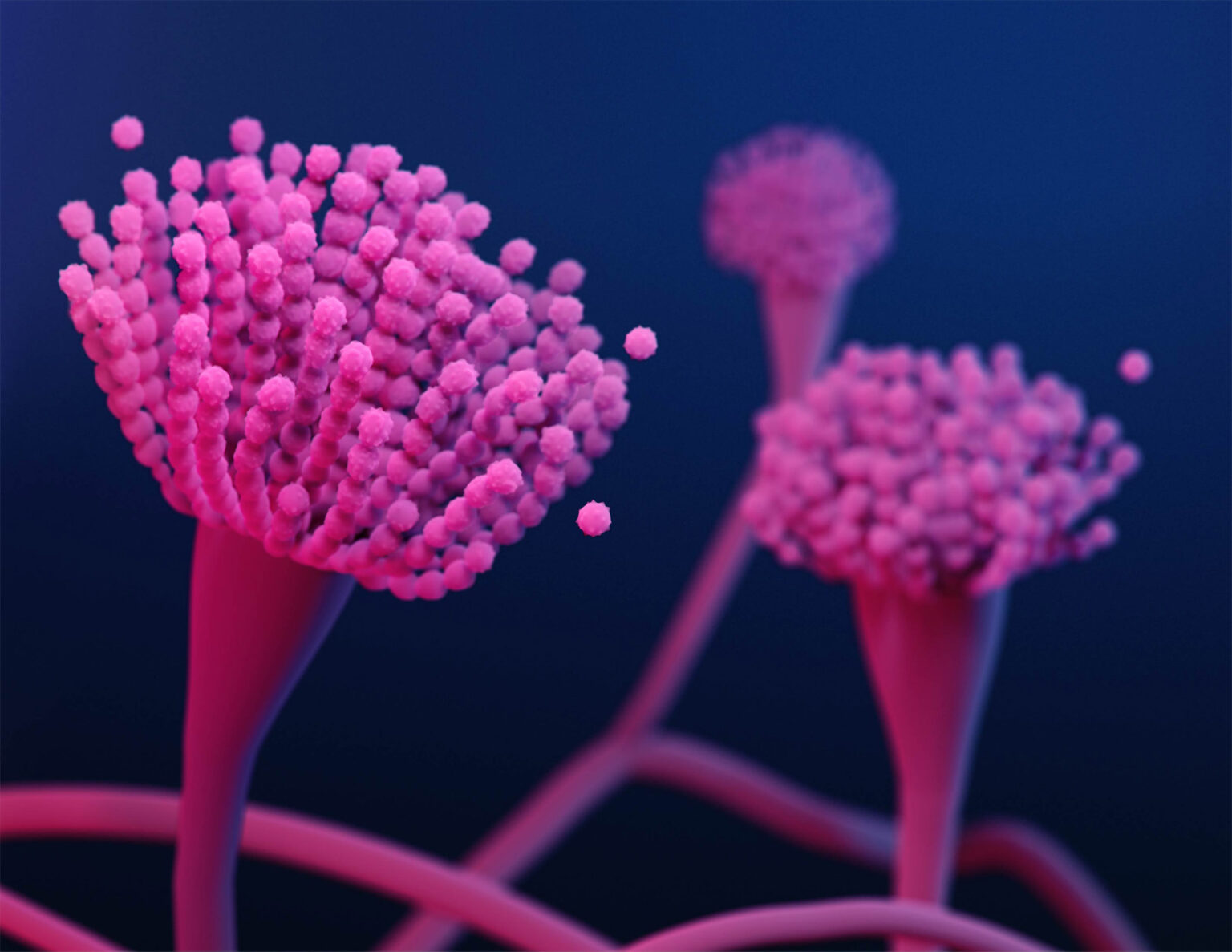
.jpeg)
